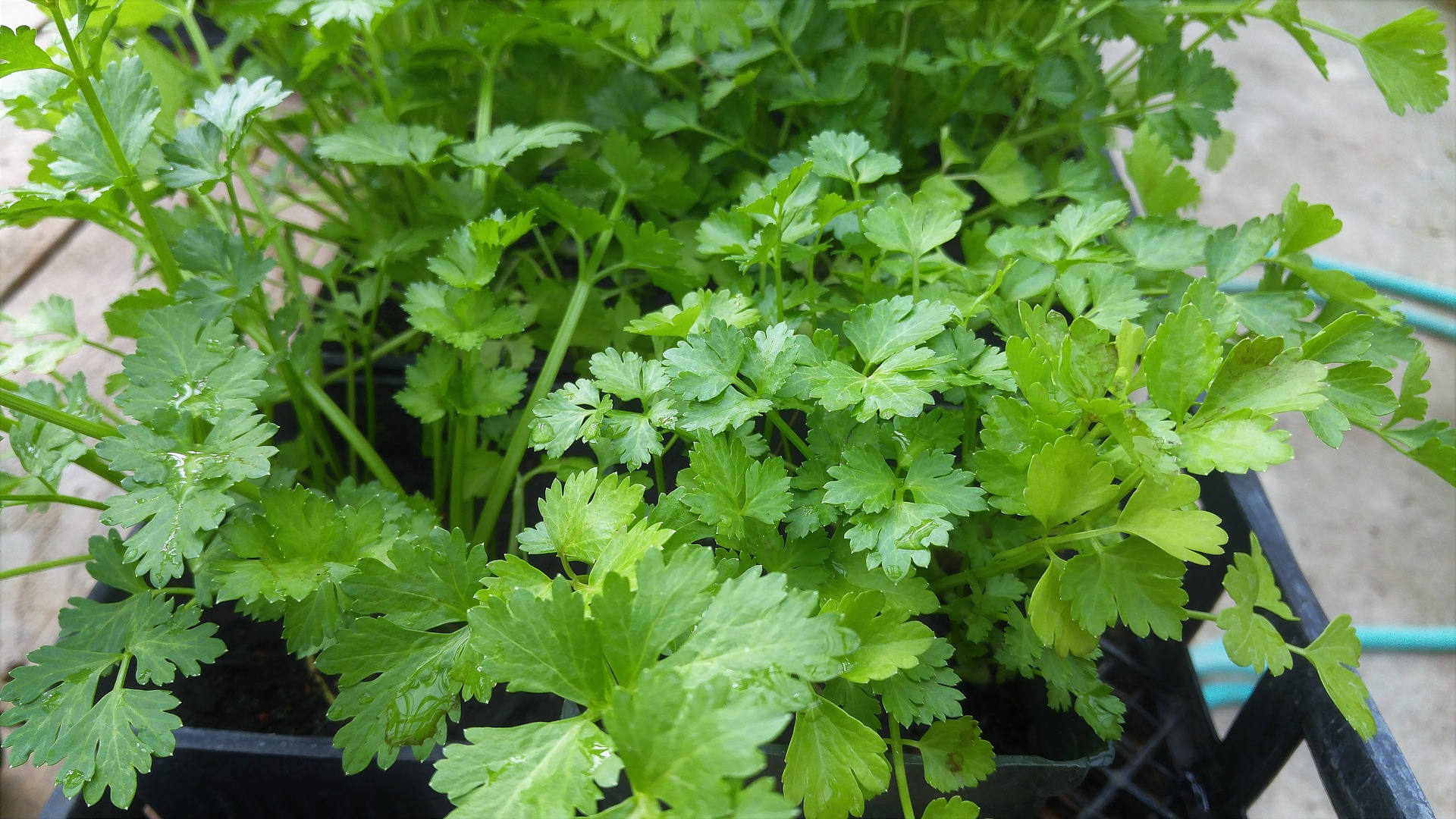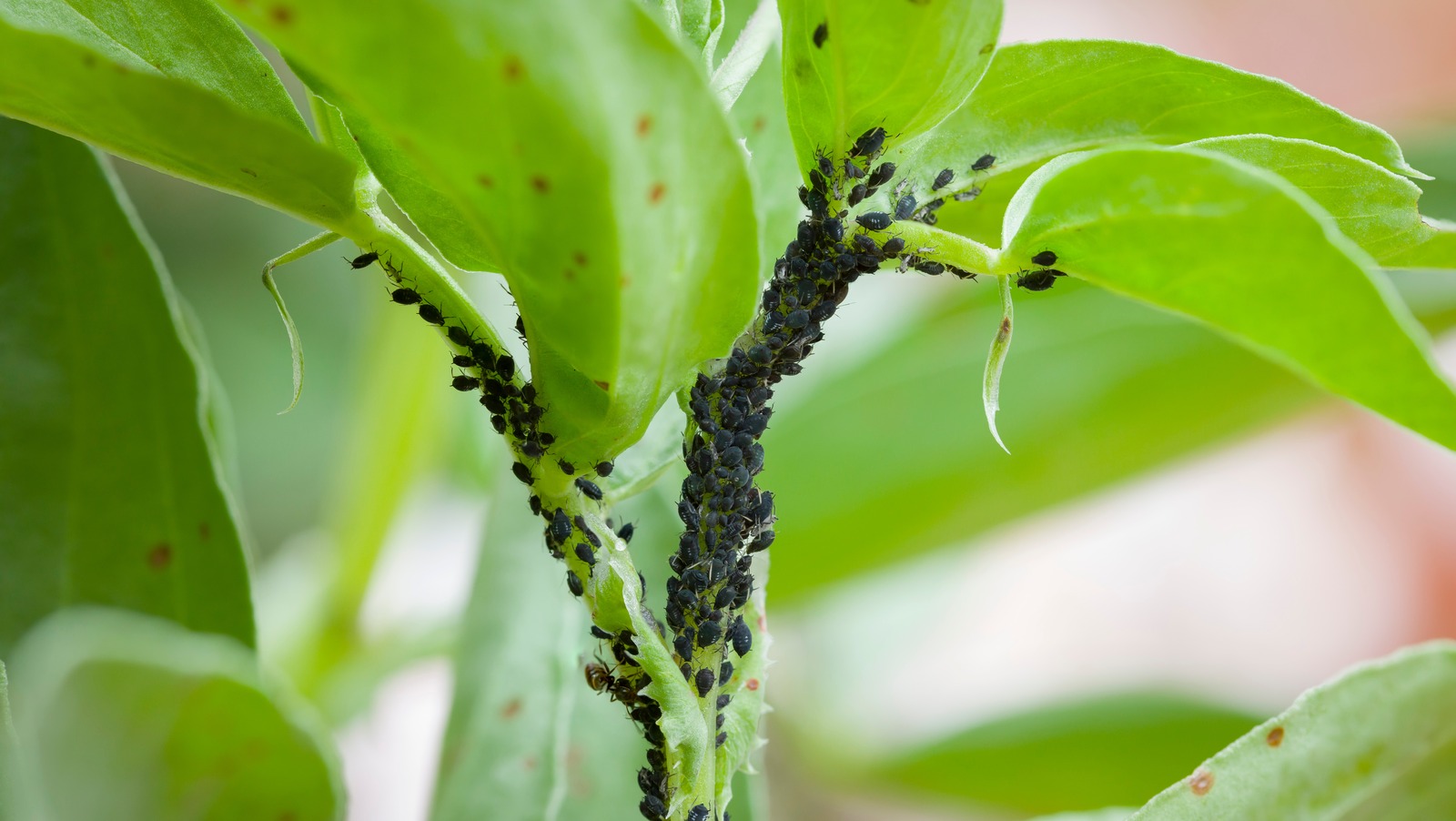Bugs on cilantro plants can be a nuisance for gardeners, potentially impacting plant health and yield. Understanding their biology, implementing effective management strategies, and employing preventive measures are crucial for successful cilantro cultivation.
Pest Identification and Biology

Cilantro plants, also known as coriander, can be susceptible to infestations by various types of bugs. These pests can significantly impact the plant’s health and yield if left unchecked.
Physical Characteristics, Bugs on cilantro plant
- Aphids: These tiny, soft-bodied insects are typically green, yellow, or black and can be found in clusters on the undersides of leaves.
- Thrips: Thrips are slender, winged insects that range in color from yellow to brown. They feed on the plant’s sap, causing silvery or brown streaks on the leaves.
- Spider mites: Spider mites are microscopic arachnids that appear as tiny, moving dots on the leaves. They spin fine webs and can cause the leaves to turn yellow and drop off.
Life Cycle and Feeding Habits
The life cycle of these bugs varies depending on the species. Aphids reproduce asexually, giving birth to live young, while thrips and spider mites lay eggs.
- Aphids feed by piercing the plant’s tissues and sucking out the sap. They excrete a sticky substance called honeydew, which can attract ants and other pests.
- Thrips also feed by piercing the plant’s tissues and sucking out the sap. They can transmit viruses to the plant, which can further weaken it.
- Spider mites feed by piercing the plant’s cells and sucking out the contents. They can cause extensive damage to the plant’s leaves, reducing its photosynthetic capacity.
Impact on Cilantro Plant Health and Yield
These bugs can have a significant impact on the health and yield of cilantro plants. Heavy infestations can cause the leaves to yellow, wilt, and drop off. The plant’s growth can be stunted, and the yield can be reduced.
Management Strategies

Managing bug infestations on cilantro plants requires a multifaceted approach, considering both organic and chemical control methods. Each method offers unique advantages and disadvantages, and the choice depends on the severity of the infestation, the desired level of environmental impact, and the cost.
Organic Control Methods
Organic control methods prioritize natural and eco-friendly approaches to pest management. These methods include:
- Companion Planting: Planting cilantro alongside pest-repelling plants, such as marigolds, can deter bugs.
- Beneficial Insects: Introducing beneficial insects, like ladybugs and lacewings, can help control aphid and other pest populations.
- Neem Oil: Neem oil is a natural pesticide that can effectively repel and kill bugs.
- Soap Spray: A mixture of water and insecticidal soap can be sprayed on plants to suffocate and kill bugs.
Pros of organic methods include their environmental friendliness, cost-effectiveness, and lack of harmful residues. However, they may require more time and effort to achieve effective results.
Chemical Control Methods
Chemical control methods involve the use of synthetic pesticides to eliminate bug infestations. These methods include:
- Pyrethroids: Pyrethroids are fast-acting insecticides that kill bugs on contact.
- Neonicotinoids: Neonicotinoids are systemic insecticides that are absorbed by the plant and kill bugs that feed on it.
- Carbaryl: Carbaryl is a broad-spectrum insecticide that can be used to control various bugs on cilantro plants.
Pros of chemical methods include their quick and effective results, especially for severe infestations. However, they can have negative environmental impacts, harm beneficial insects, and leave harmful residues on the plants.
Case Study
In a study conducted by the University of California, researchers compared organic and chemical control methods for managing aphid infestations on cilantro plants. The results showed that companion planting with marigolds significantly reduced aphid populations compared to untreated plants. Additionally, the use of neem oil as a spray proved effective in controlling aphids while minimizing environmental impact.
Preventive Measures: Bugs On Cilantro Plant

Implementing preventive measures is crucial for minimizing the risk of bug infestations on cilantro plants. These strategies involve adopting cultural practices and fostering a balanced ecosystem to discourage pests and promote plant health.
Crop Rotation
- Rotating cilantro crops with unrelated plant families disrupts the life cycle of pests that are specific to cilantro, reducing their populations over time.
- For instance, planting cilantro after tomatoes, peppers, or eggplants can help prevent infestations by aphids and spider mites.
Companion Planting
- Companion planting involves growing cilantro alongside beneficial plants that repel or deter pests.
- Marigolds, nasturtiums, and onions release scents that mask the odor of cilantro, making it less attractive to pests.
- Additionally, planting garlic or chives nearby can repel aphids and thrips.
Sanitation
- Maintaining good sanitation practices helps reduce the risk of pest infestations.
- Removing plant debris, fallen leaves, and weeds from around cilantro plants eliminates hiding places for pests.
- Inspecting plants regularly for signs of pests or diseases allows for early detection and prompt treatment.
Beneficial Insects
Beneficial insects play a vital role in pest management by preying on or parasitizing harmful bugs.
- Attracting beneficial insects to cilantro plants can be achieved by providing nectar sources such as flowers or planting companion plants that bloom at different times of the year.
- Ladybugs, lacewings, and parasitic wasps are examples of beneficial insects that can help control aphid and spider mite populations.
